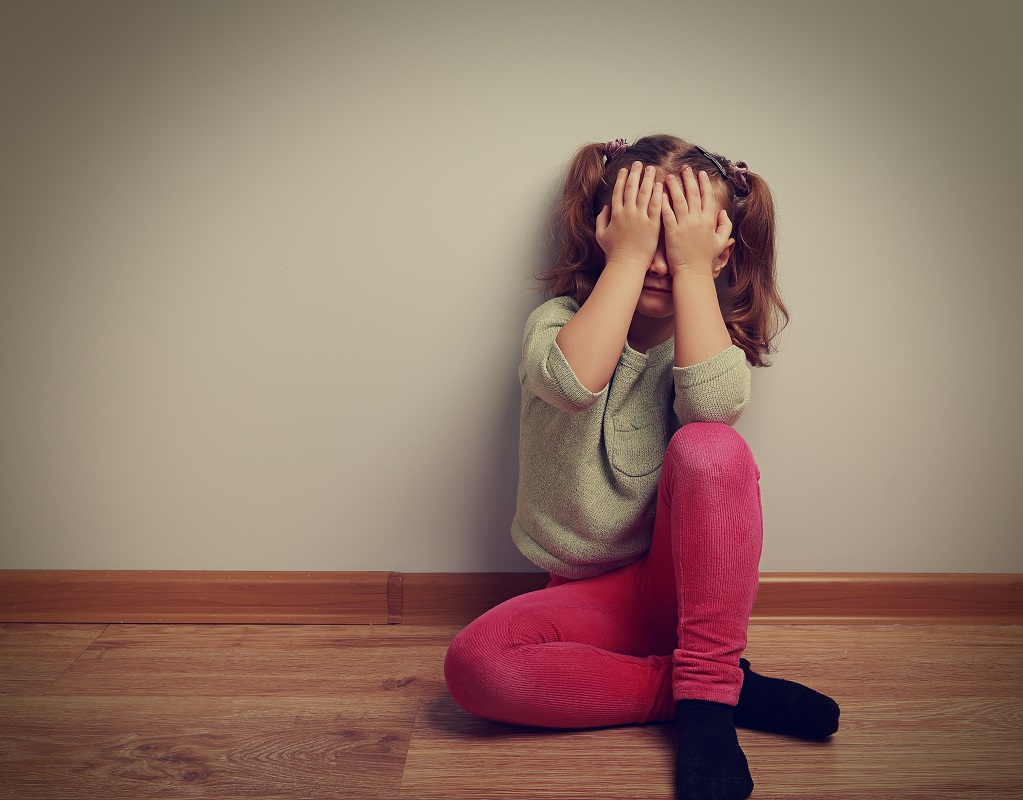- Juvenile arthritis is an autoimmune disorder causing joint inflammation, pain, and stiffness in children under 16.
- Common symptoms include joint pain, swelling, fatigue, difficulty performing routine activities, eye inflammation, and unexplained rash.
- Persistent symptoms for over six weeks demand immediate medical consultation for early diagnosis and treatment.
- Prevention strategies include engaging in ballet for physical strength and flexibility, adopting healthy eating habits, and ensuring proper rest.
- Early detection and prompt treatment of juvenile arthritis can prevent long-term damage and maintain a child’s active lifestyle.
Juvenile arthritis is a condition that causes joint pain and stiffness and is diagnosed in children under the age of 16. While this condition is relatively rare, it can cause long-term damage if left untreated. As a parent, it is crucial to recognize the early signs of juvenile arthritis in your children so that you can seek early intervention and prevent further damage. Here’s what you need to know about the disease, signs that your children might have it, and ways to avoid it.
What is Juvenile Arthritis?
First, it’s essential to understand what juvenile arthritis is and how it affects children. Juvenile arthritis is a disorder in which your immune system mistakenly attacks its tissues. In this case, the joints become inflamed due to the attack. This inflammation can cause pain, swelling, and stiffness in the affected joints. While some cases may resolve independently over time, others may require long-term treatment to avoid any lasting damage.
Symptoms of Juvenile Arthritis
It’s essential to watch for sure warning signs indicating juvenile arthritis in your child. Here are some of them:
1. Joint Pain and Swelling

The most common early indicator of juvenile arthritis is joint pain and swelling. Your child may complain of pain or stiffness, especially in their hands, feet, knees, elbows, or shoulders. Swelling can also be noticed, and the affected joint may feel warm. The pain may be mild, to begin with, and may occur in the morning or after periods of inactivity. If these symptoms persist for over six weeks, it is time to seek a doctor’s opinion.
2. Fatigue and Irritability
If your child shows signs of tiredness or irritability despite getting enough sleep, it may be a sign of juvenile arthritis. The pain and inflammation caused by the disease can make your child feel tired and lethargic, leading to decreased energy levels. Additionally, the pain can make it challenging to participate in activities they once enjoyed, making them irritable. If your child seems more fatigued than usual, consult a pediatrician to check if it is related to juvenile arthritis.
3. Difficulty in Performing Day-to-Day Activities
Children with juvenile arthritis may find it challenging to perform routine activities such as dressing, holding utensils, or walking up and down the stairs. This difficulty may be due to the pain, stiffness, or swelling they experience in their joints. You may also notice that your child avoids physical movement or coordination activities. If you see these signs, talk to your child’s pediatrician.
4. Eye Inflammation
Approximately 25% of children with juvenile arthritis experience eye inflammation, called uveitis. If your child complains of eye pain or experiences redness, discomfort, or increased sensitivity to light, it may be related to uveitis. Untreated uveitis can cause vision impairment or complete loss of vision. Thus, it is essential to seek medical attention immediately if your child exhibits any of these symptoms.
5. Unexplained Rash
Another sign of juvenile arthritis is an unexplained rash on your child’s body. The rash may occur along with joint pain or fatigue. It typically appears on the trunk or limbs and can be red, pink, or purple. The rash may fade and reappear, sometimes appearing more prominently in areas with pressure. Consult a pediatrician if you notice an unexplained rash accompanied by other symptoms.
Prevention
There are various ways you can prevent juvenile arthritis. Here are three ways to do that:
Ballet

One of the best and most fun ways to ensure your children don’t get arthritis. Ballet is an excellent form of exercise that can improve your child’s strength, balance, and flexibility. To stay safe, ensure your child has proper shoes and clothing for the activity, as it can help to reduce their risk of injury. Additionally, enroll them in local ballet classes for kids. These classes can help them learn the proper techniques and expose them to various exercises that can help protect their joints.
Healthy Eating Habits
Forming healthy eating habits is essential, as certain foods could increase inflammation. Limit your child’s processed foods, sugar, and saturated fats intake. Instead, add more fruits and vegetables, whole grains, lean proteins, and healthy fats. Supplements may also help to reduce inflammation in the body and provide essential nutrients for joint health.
Proper Rest
Last but not least, proper rest is key to avoiding juvenile arthritis. Children should get enough sleep every night to keep their joints functioning correctly. Additionally, avoid overworking them or pushing them too hard. Allow them to take breaks and rest a few minutes after some activity to give their joints time to recover.
These are just some ways you can help your child avoid juvenile arthritis. However, if they show signs of the condition, it is essential to seek medical attention immediately. Early diagnosis and treatment can prevent long-term damage and keep them active and healthy. Talk to your pediatrician if you have concerns about your child’s joint health.
